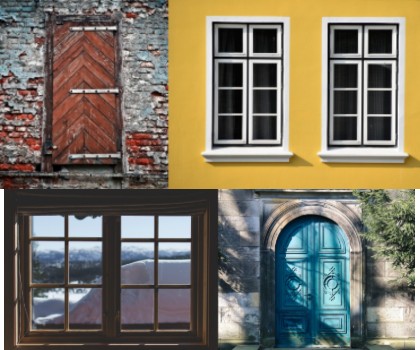
The Fleet Science Center will be closed on Saturday, April 26, for our annual gala fundraiser.

Circles, squares, triangles and rectangles. Our homes are filled with different shapes. Many times, these distinct shapes serve a specific purpose. In this activity, discover the many functions behind everyday shapes using sketches, drawings or models.
Step One: Observing Your Built Environment
Observe the many shapes found in your home. Start by observing and analyzing the shapes of windows and doors in your home.
Draw a picture of one window and one door.
What shapes do you see?
Are all the shapes the same? Different? What about the size of each shape?
Why do you think these shapes are used?
Step Two: Finding Shapes
Search your home for rectangles, circles, squares and triangles. Use your paper and pencil to sketch the shapes you find. Can you find all four shapes?
Step Three: Redesign Your Environment
Return to the first drawing you made in Step One. On the other side of the paper, design the same window or door but use another shape you found in your home in Step Two. For example, if your front door is a rectangle, draw a front door that’s shaped like a triangle instead.
How has the change in shape changed the way the window or door functions?
Is this a better design or worse design when compared to the original. Why do you think so?
In our built environment, specific shapes are used for specific purposes. Parts of a circle can be found in archways because the shape is helpful in distributing heavy weight from above. Triangles are very sturdy and stable and can be found in the design of plant stands, art easels and tripods. Most doors are rectangular, so we can walk through them easily!
Continue your exploration outside! Find a parent and explore your yard or park. What shapes do you find and why?
Expand your search into the natural world. What shapes do you see in trees and shrubs? Hills and mountains?